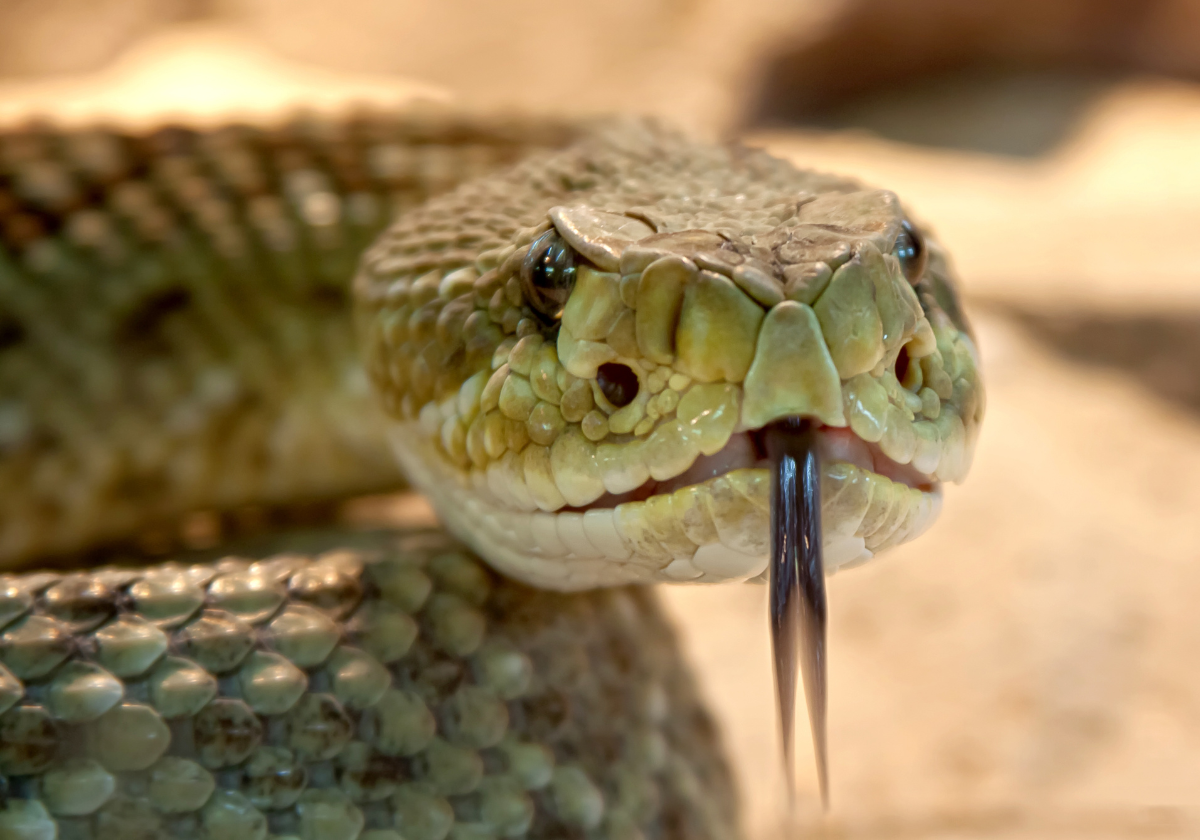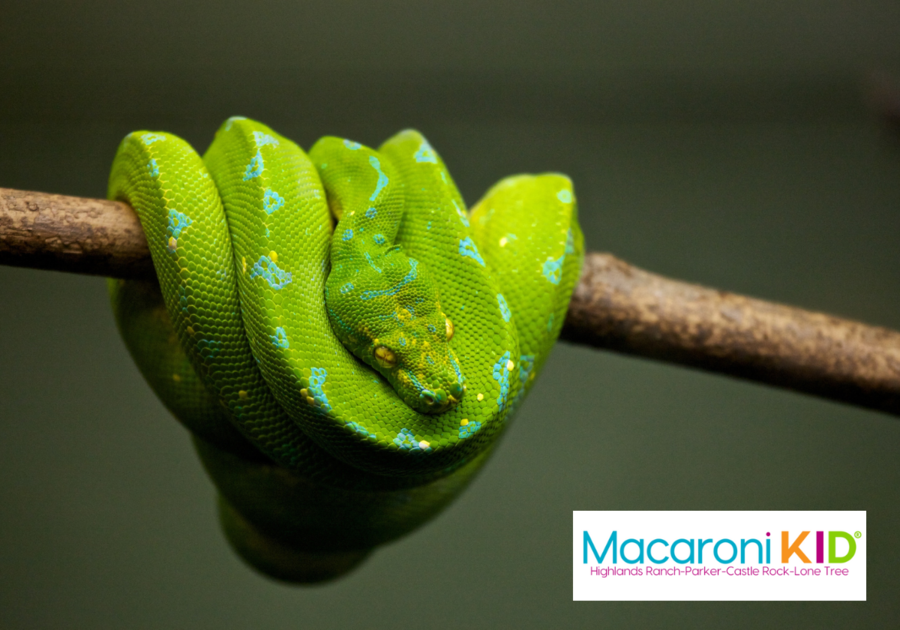Snakes.
Most people either love them or hate them. And they are most definitely misunderstood. No matter how you feel about the legless wonders, 2025 is the Year of the Snake, and it's the perfect time to test your snake knowledge.
Who knows? Maybe the snake haters will even learn enough to change their minds about the slithery sidekicks.
Test Your Snake Knowledge
Questions
- Where do snakes live?
- How many snake species are there in the world?
- What US state boasts the most species of snakes?
- What is the smallest snake species?
- What is the largest snake species?
- How many snake species are venomous?
- Why are some snakes venomous?
- How do Sonoran coral snakes and Chihuahuan hook-nosed snakes warn others to stay away from them?
- Do snakes have ears?
- Do all snakes lay eggs?
- Are snakes slimy?
- Are snakes cold-blooded?
- Do snakes have noses?
- Do snakes have teeth?
- Do snakes sleep?
Answers
- Trick question! Snakes live everywhere, from oceans to mountains and forests to deserts. Snakes inhabit nearly every ecosystem on Earth.
- There are almost 4000 known species of snakes in the world.
- Arizona is home to 13 snake species, the most of any state.
- Barbados Threadsnakes weigh less than a paperclip and can coil up on a US quarter, are the smallest snake species.
- Green anacondas are the largest snake species, at times weighing in at over 200 pounds!
- There are about 600 species of venomous snakes.
- Venomous snakes use their venom to subdue prey and for defense.
- When Arizona's Sonoran coral snakes and Chihuahuan hook-nosed snakes are in distress, they make a cloacal popping sound, which can be described as a defensive “fart”. The cloacal is located near the end of the tail.
- Snakes do not have ears, but they can still hear, according to scientific experiments. However, how they hear is still a total mystery.
- Nope! Some snakes have live births. And, snake moms will often stay with their eggs or babies to protect them.
- Snakes are not slimy. A snake’s surface is covered in dry scales, which are composed of flexible, fibrous tissue like keratin and collagen.
- Snakes are often labeled as ‘cold-blooded’ but this is false because their blood isn’t actually cold. The accurate term is ectothermic, meaning their body temperature is regulated by external sources, like the sun. We prefer to call snakes "solar-powered".
- Snakes do have nostrils, but they don’t use them to smell. Instead they smell with their forked tongue and by using their Jacobson’s organ in the roof of their mouth.
- Snakes have fangs, which are used to catch their prey or deliver venom. However, snakes do not have teeth to chew their food. They swallow their food whole, and their lower jaw can unhinge to allow them to eat prey that is 70% to 100% larger than their head!
- Snakes do sleep but since they don't have eyelids, it appears that they are not sleeping. Instead of eyelids, they have a clear film (membrane) over their eyes called a ‘brille,’ which in German means glasses. Sleeping snakes are typically very still, and are often found sleeping in logs, in caves, or under rocks.

How did you do? Did you learn something new about snakes?
Snakes are intelligent and fascinating creatures. They might not be your cup of tea, but we are sure that you think snakes are pretty cool.
Happy Year of the Snake!



